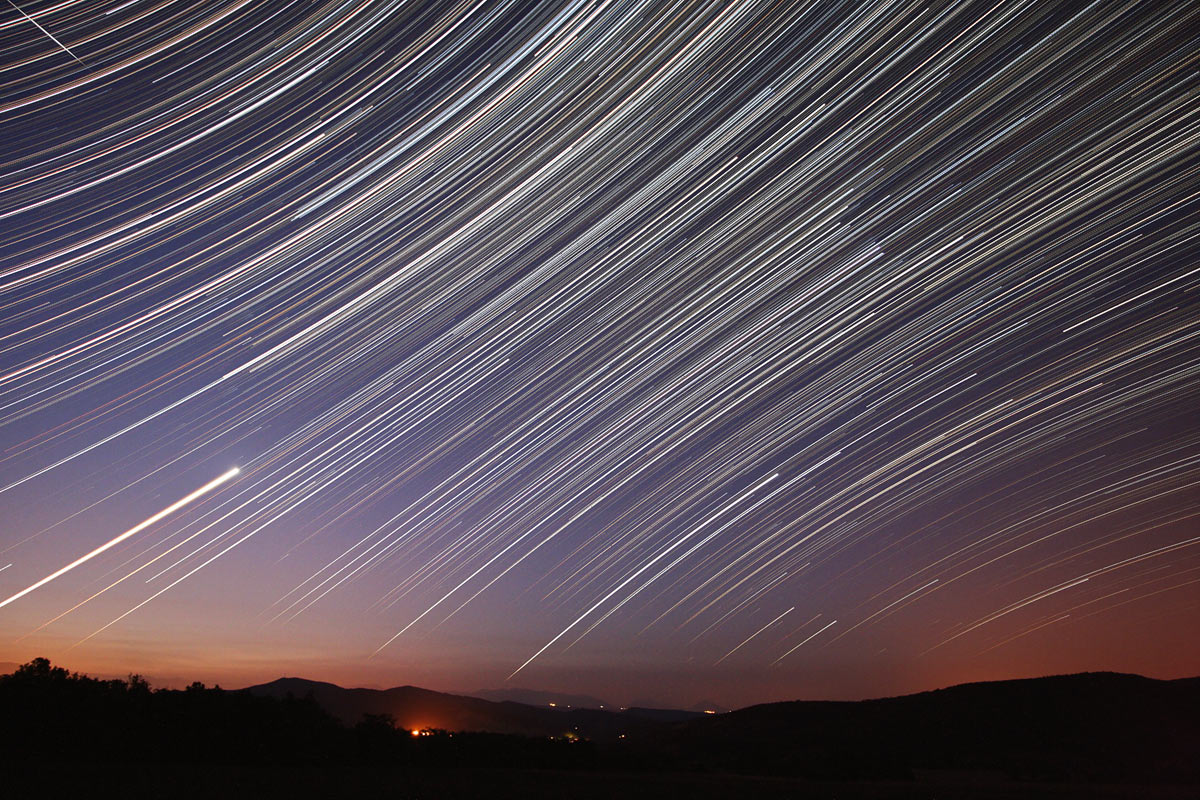The answer we've given in the past to this question is that the stars have a slight gravitational field. This is how the variation of g at high altitudes is explained. The stars are also rotating above the earth at one rotation per 24 hours. That bullets and artillery shells are are deflected is because the stars are pulling the bullet.
Why do storms always rotate anti-clockwise in the northern hemisphere and clockwise in the southern....?
This is explained in the bi-polar model by counter-rotating celestial systems which grind against each other like a spinning pair of gears.

The gravitation of the spinning celestial gears overhead pulls wind systems clockwise or counter-clockwise. The gears are centered over the North and South Pole. The layout of the earth in the bi-polar model is depicted with two poles. Here is a general illustration:

At the equator we can see this gear system begin pulling away from itself, which should be impossible if the earth were a globe.


If the earth were a globe the stars should be an equal distance away from each other at all times as they pass across the sky, and not physically spreading apart and growing in distance from one another. This is evidence that the stars are operating in the manner described.